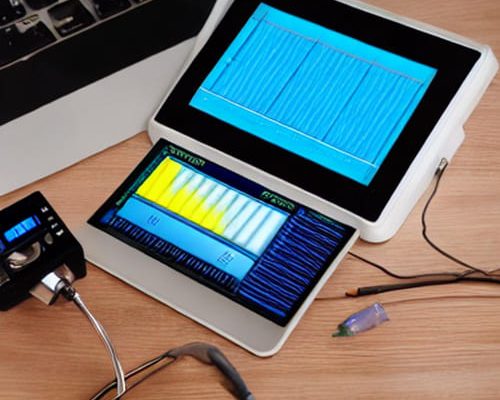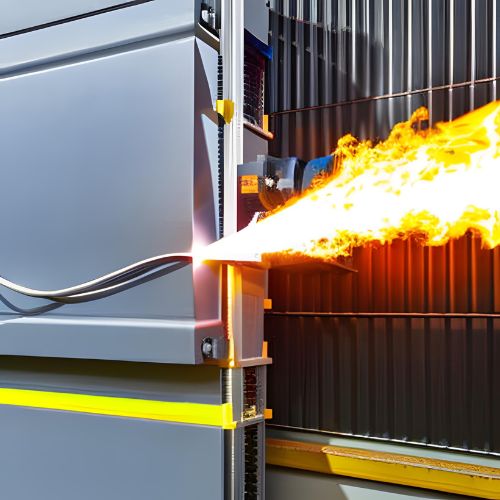Assessing And Lowering the Danger of an Arc Flash Is Crucial:
When a gas is exposed to a voltage greater than its insulating capacity, electrical discharges may form. When the voltage is high enough to ionize the space between the conductors, an arc will form.

Ionized air transforms into an excellent conductor, enabling the flow of electricity. Air ionization generates a current that produces heat and dazzling light. This phenomenon comes from the way this heat causes ionized air to rise and form an arch-shaped current. An arc flash’s temperature may reach 20,000 degrees Celsius.
Arc discharge hazards endanger persons and property. Among the business effects of arc in flash are:
- Direct expenditures include the cost of worker compensation, medical care, rehabilitation, accident investigation costs, and lost productivity.
- Indirect expenditure includes legal and judgment fees, litigation costs, fines, insurance premiums, repair costs, and replacement worker fees.
- Consequences include the possibility of facing criminal charges, your reputation, and your ability to compete on the job market.
- Customers frequently reject businesses with high incident rates, resulting in lost business opportunities and the revocation of an electrical contractor’s license.
- Accidents involving electrical circuits Flash frequently leave a negative impression, resulting in missed opportunities and expenses.

Causes of Arc Flash Hazard:
- Using the incorrect probe surface
- Incorrect installation, equipment, and procedures
- Utilization of defective electrical components
- Equipment holes or insulation damage
- Unplug any defective panels.
- Dust on electrical equipment or corrosion
- Improper maintenance of switches and circuit breakers
- Defective components or frayed connections
- High-voltage or continuously supplying power wires
- Moisture in electrical apparatus
Methods for Minimizing Arc Flash Danger:
Turning Off Electrical Equipment:
It minimizes potential hazards as much as is feasible. Work with extreme caution when testing or re-energizing de-energized equipment. Circuit breakers are kept away from arc discharge boundaries that could imperil their users through the use of remote tracking technology.


Utilize Low-Risk Technology:
To identify the dangers associated with brief circuits and the coordination of protection devices, an arc flash analysis and power system study are performed. Utilize low-threat options, such as remote rack equipment, to safeguard people and property.
Electrical and Control Systems Redesign:
Ensure that you have access to the level of PPE (Personal Protective Equipment) required by the arc discharge hazard category. Modifications are being made to engineering instruments and procedures to reduce hazards. Breakers and energy distribution systems are designed to reduce incident energy.
Reduce the Level of Available Fault Current:
Circuit breakers without current limits will help the industry reduce the availability of fault current. These devices may be utilized for maintenance with an exposed tie. Opening the connection between dual power supplies during maintenance reduces the risk of an arc discharge by decreasing the available fault current. By obstructing the flow of electrical current during arc faults, current-limiting reactors can effectively stop current flow.
Alter the Force of the Blaster:
Encourage the utilization of arc-resistant materials. Using arc-resistant switchgear with sealed joints, pressure relief ventilation on top, and stronger hinges, energy and heat from an arc discharge are channeled through ducts to an unoccupied area. CareLabs conducts comprehensive arc discharge analysis. Experts evaluate arc flash threats to revise your safety program. CareLabs can identify and implement innovative techniques for arc flash risk reduction. CareLabs may conduct research and implement innovative arc flash risk mitigation technologies. CareLabs uses ETAP (Electrical Transient Analysis Program) software for research and analysis.
To ensure our expertise is accessible in both routine and emergency situations, crew members are stationed in multiple locations. We obtained ISO 9001:2008 certification and devoted customers rapidly. In Chile, we offer our services in Santiago, Valparaíso, Concepción, and Viña del Mar.



